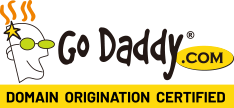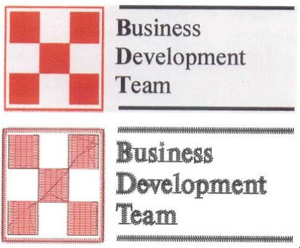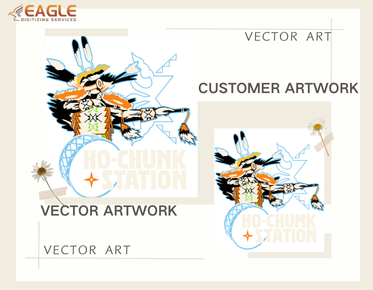Digitizing Glossary
Scanning: Scanners convert designs into a computer format, allowing the digitizer to use even the most primitive of artwork without recreating the design. Many embroidery digitizing systems allow the digitizer to transfer the design directly into the embroidery digitizing program without using intermediary software. |
Scaling: Ability within one design program to enlarge or reduce a design. In expanded format, most scaling is limited to 10 percent to 20 percent because the stitch count remains constant despite final design size. In condensed or outline formats, on the other hand, scale changes may be more dramatic because stitch count and density may be varied. |
Trimming: Operation in the finishing process that involves trimming the reverse and top sides of the embroidery, including jump stitches and backing. |
Two-ply stitch: A two-ply stitch is a running stitch that goes from point A to point B and then goes back from point B to point A and stops. |
The 360 embroidery: The 360 embroidery is a term. There is a way to sew the front, the right side and the left side of a cap all at once. |
Tension: Tautness of thread when forming stitches. Top thread tension, as well as bobbin thread tension, needs to be set. Proper thread tension is achieved when about one third of the thread showing on the underside of the fabric on a column stitch is bobbin thread. |
Underlay: Used under the regular stitching in a design. The stitches are placed to provide stability to the fabric and to create different effects. Underlay is normally a series of running stitches or a very light density fill often placed in the opposite direction that the stitching will go. |
Underlay stitch: Stitches laid down before other embroidery design elements to help stabilize stretchy fabrics and to tack down high wales or naps on fabrics so the design's details don't get lost.
|
3D puff: 3D puff embroidery is another way of sewing, which involves use of foam under the threads. Sewing is normally done on the edge of the form, leaving the middle part of the form having the effect of being elevated. |
3D-effect: 3D-effect embroidery, by contrast, is direct embroidery with fabric and thread only – no foam. Thick underlay and lots of thread are usually used to achieve the three-dimensional effect. |












Recent Articles
Latest Blog Post
Can you edit vector images in GIMP?
GIMP, the GNU Image Manipulation Program, is a powerful free software application that is commonly used for tasks such as photo retouching, image editing, and...
Read MoreHow do I convert a PDF file to a vector file for free?
Converting a PDF file to a vector file can be an essential task for designers and printers looking to ensure high-quality output in projects such as signage, web...
Read MoreWhy do corporate uniforms and team apparel rely on embroidery digitizing?
In the world of corporate uniforms and team apparel, embroidery digitizing plays a pivotal role. This process involves converting artwork into a digital format...
Read More


.png)

